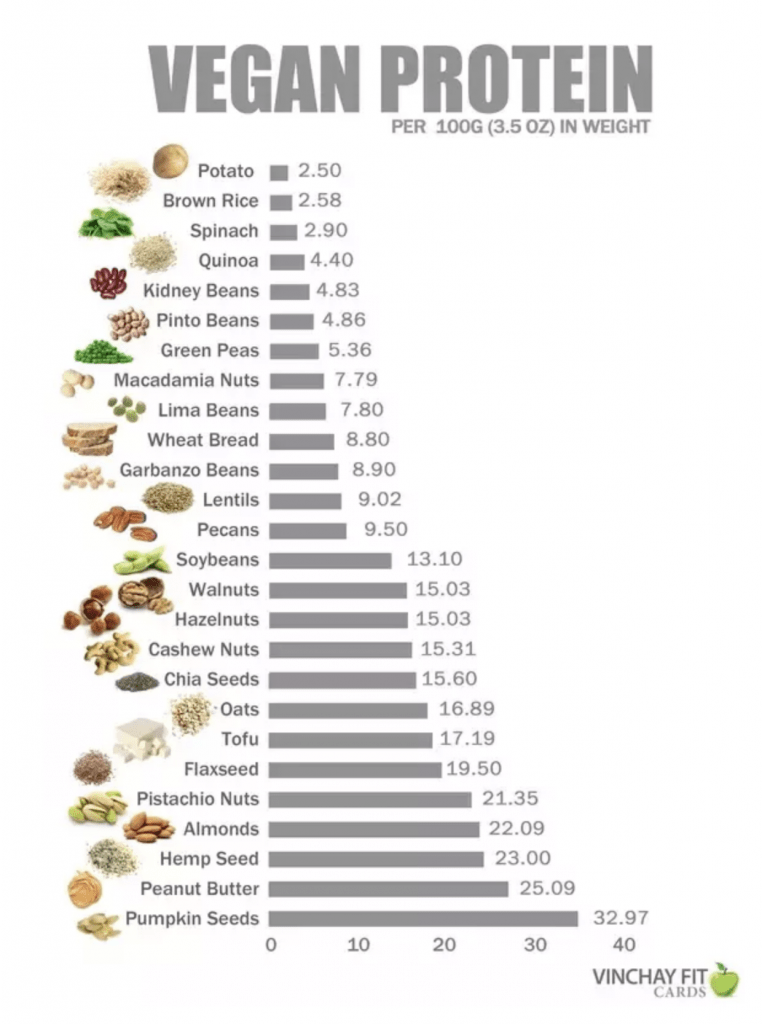
Flexitarian Diet: Your Starter’s Guide and Sample Diet Plan

By Joe Leech
While there are many health benefits to being vegetarian, some of us don’t want to completely cut out meat.
This is the idea behind the flexitarian diet, which reduces meat intake instead of avoiding it altogether.
This article discusses the potential benefits and risks of following a flexitarian diet to help you decide if it’s a good plan for you.
What is a Flexitarian Diet?
“Flexitarianism” is essentially what it sounds like: a flexible vegetarian diet.
A person who identifies as flexitarian might eat meat occasionally, but does not include it as a regular part of their normal diet.
Most often, those who prefer not to eat meat do so for health or ethical reasons (or both). The same can be said for flexitarians looking to improve their overall health and lessen their impact on the environment.
Summary: Flexitarianism means eating a flexible vegetarian diet, which reduces meat intake instead of completely cutting it out. This may be a decision based on health or ethical reasons (or both).
Will a Flexitarian Diet Promote Weight Loss and Improve Overall Health?
In short, yes, if we first look at the benefits of a vegetarian diet.
Studies have found that those who eat a vegetarian diet are more likely to have a body mass index (BMI) that falls within the normal range.
This may be because vegetarians are likely to consume more fruit and vegetables, which are low in calories and high in fiber—two major components in promoting weight loss.
Additionally, vegetarians tend to have an increased life expectancy compared with meat-eaters. Several studies have found that people who eat a diet high in fruit, vegetables, nuts and whole grains have a lower risk of both cardiovascular disease and cancer—two of our biggest killers (1, 2).
This is likely due to the high amount of antioxidants, vitamins, minerals, fiber, phytochemicals and plant protein found in such foods (3, 4).
Meanwhile, observational studies indicate that eating red meat may lead to an increase risk of cancers, including colorectal cancer. Avoiding or limiting red meat can help reduce this risk (5).
That said, compared to a vegetarian, a flexitarian will benefit from getting important nutrients—such as protein, vitamin B12, and iron—that are highly concentrated in meat.
Interestingly, among diabetics, eating a diet low in red meat has also been shown to improve blood sugar levels (6, 7, 8). But at the same time, a low carb diet can help diabetics too.
So it seems a flexitarian eating pattern can be healthy for a range of people. As you’d expect, those who eat a semi-vegetarian diet tend to have lower BMIs, lower risk of breast cancer and lower blood glucose levels compared to those who eat meat often (9).
Summary: Flexitarians may experience similar benefits as vegetarians, who typically weigh less and have higher life expectancies. Eating a diet low in meat is also linked to lower risk of cardiovascular disease and cancer.
Health Risks of Flexitarianism
Changing your diet in any way may come with some unexpected risks.
As mentioned above, meat is an excellent source of dietary protein, as well as zinc, iron and vitamins like B1, B2, B3 and B12.
This means flexitarians need to be sure they’re getting these nutrients from other sources when cutting down on meat.
For example, limiting red meat may increase your risk of iron deficiency anemia. Flexitarians may want to increase their intake of plant foods like soybeans, chickpeas, quinoa and lentils—all good sources of iron (9).
You’ll also want to seek out high-protein plant foods, such as nuts, seeds, lentils, tofu and beans. This graph gives you an idea of the protein content of many plant foods:
Summary: Eating a flexitarian diet may lead to deficiency in iron, as well as other essential nutrients like protein, zinc and B12. Flexitarians need to be sure they’re getting these nutrients from both meat and plant sources.
Who Should (and Shouldn’t) Consider a Flexitarian Diet?
If you are overweight, at increased cardiovascular risk (including those with high blood pressure, high cholesterol, type 2 diabetes or people with a family history of metabolic health issues) or have ethical concerns about eating meat, you may benefit from adopting a flexitarian lifestyle.
However, you should discuss this diet with your doctor or dietitian if you have:
- Iron deficiency or any other type of anemia
- Dietary allergies or intolerances that limit your intake of non-meat foods
- A history of eating disorders or drastically restricting your diet (10).
Summary: Those who are overweight or at increased cardiovascular risk may benefit from following a flexitarian diet. Anyone with existing health problems should discuss the decision with their doctor or dietitian first.
How to Become Flexitarian
If you currently eat meat, it’s best to make small, gradual changes to your diet.
Consider tracking your meat intake for one week. Write down every portion of meat consumed for seven days.
The following week, aim to reduce meat intake by around one serving (approximately 85 grams or 3 ounces). Continue doing this week by week until your weekly meat intake equates to less than five servings per week.
It’s useful to observe when your largest intake of meat is likely to occur. For most people, this will be dinner. Replace meat in the evening meal with vegetarian options or meat substitutes.
Because the flexitarian diet is, by definition, flexible, you can choose how much meat you wish to consume. Continue to gradually lessen your meat consumption until you reach a point that feels right to you.
See below for ways to incorporate this idea into a meal plan.
Summary: To adopt a flexitarian lifestyle, gradually reduce meat intake by cutting out one serving a week.
2-Day Sample Flexitarian Diet Plan
Day 1
Breakfast: Omelette with eggs, cheese and selected vegetables as desired (e.g. mushrooms, tomatoes, bell peppers)
Lunch: Sandwich on wholegrain bread with cottage cheese, lettuce, tomato, grated carrot, cucumber
Dinner: Pasta with vegetarian sauce
Snacks: Fruit, nuts, yogurt
Day 2
Breakfast: Rolled oats with milk and berries
Lunch: Sandwich on wholegrain bread with egg, cheese, lettuce, tomato, alfalfa sprouts, beetroot
Dinner: Roast vegetables with tofu and couscous
Snacks: Fruit, nuts, yogurt.
Is a Flexitarian Diet Right for You?
There is no one perfect diet.
In fact , the best diet for you may very well be different to me.
What I like about the flexitarian diet is that it allows for flexibility.
This places the diet among the more sensible and sustainable methods of eating (unlike the ketogenic diet) as it doesn’t require strict dietary restriction.
Overall, reducing meat intake may offer many health benefits, particularly if you are already overweight or experience metabolic health issues. Meat is high in calories so reducing your intake will be beneficial.
To start, try cutting out one serving of meat (about 3 ounces) every week. But note that those with existing health problems, including iron deficiency or other anemias, should talk to their doctor or a dietitian first.
Making these types of slow, gradual changes to your diet will lead to longer lasting changes and hopefully a beautiful relationship with food and your health.
Reposted with permission from our media associate Diet vs Disease.

 233k
233k  41k
41k  Subscribe
Subscribe 
